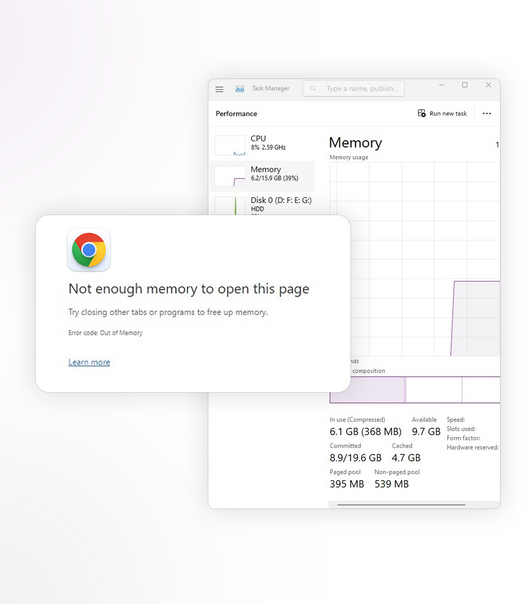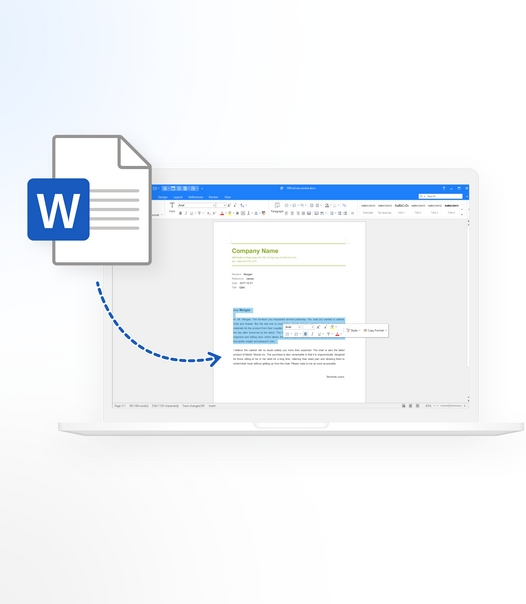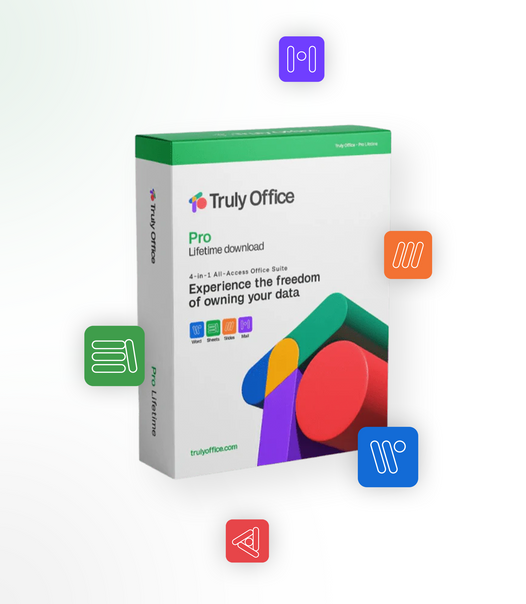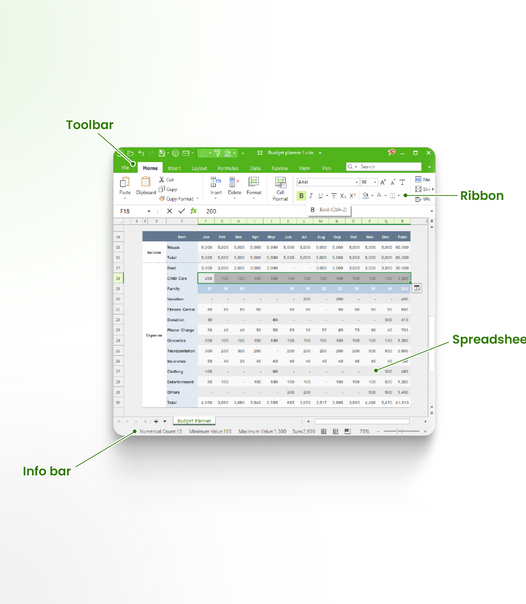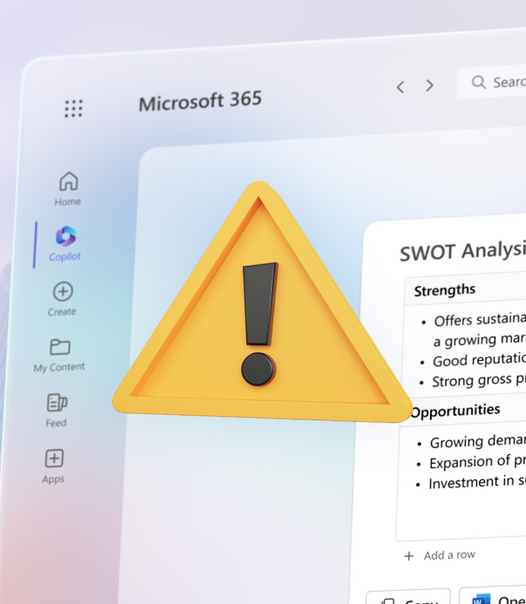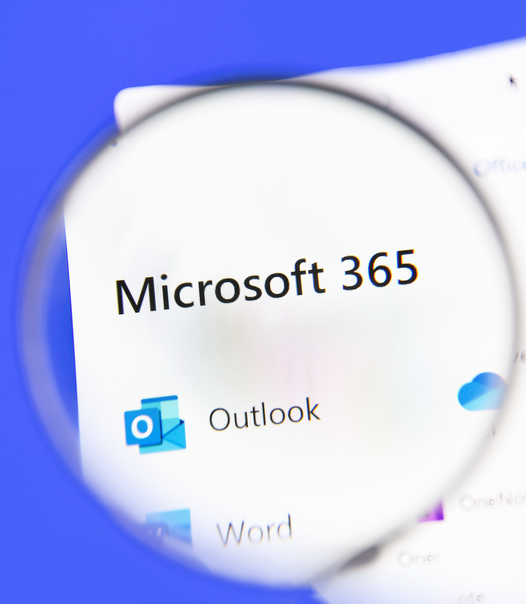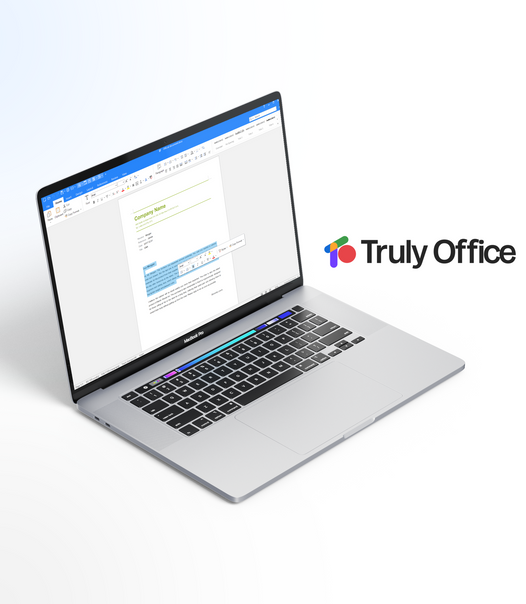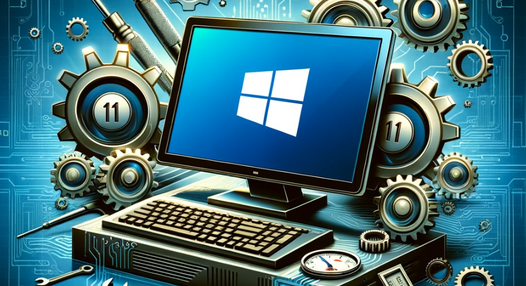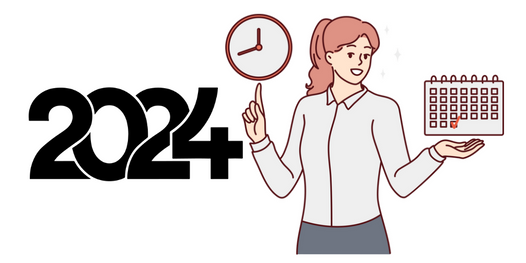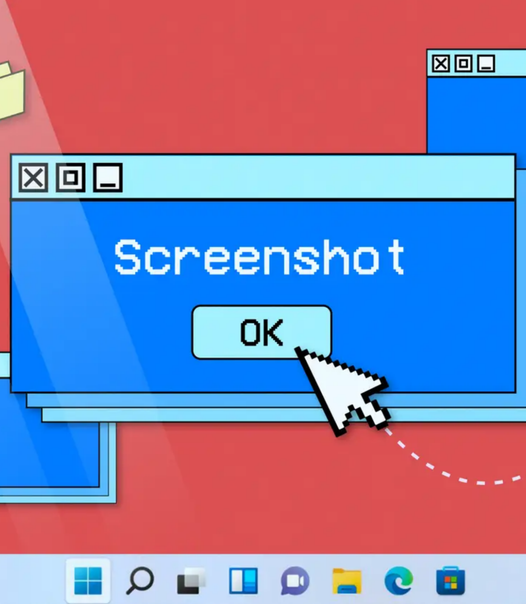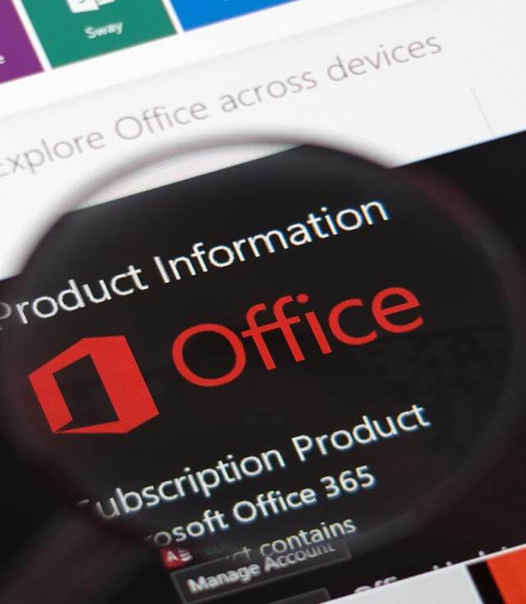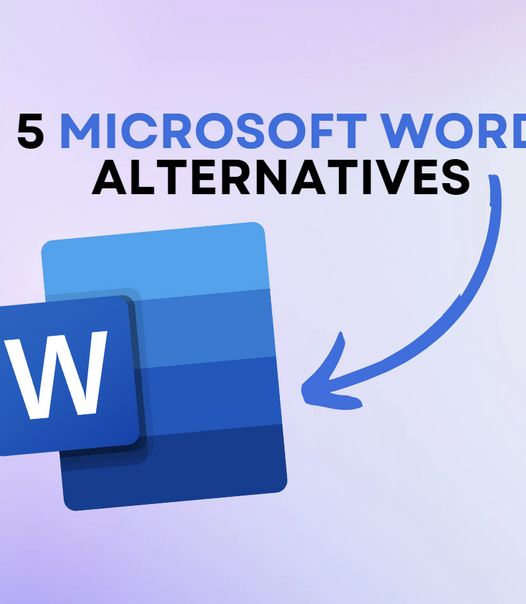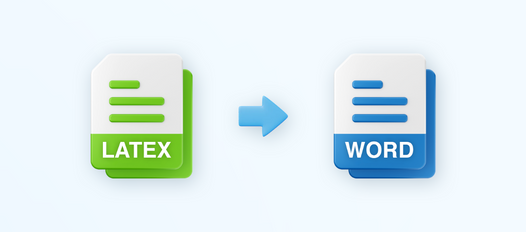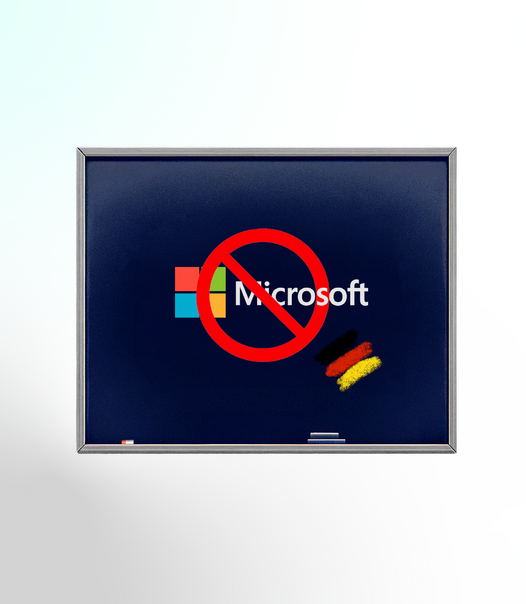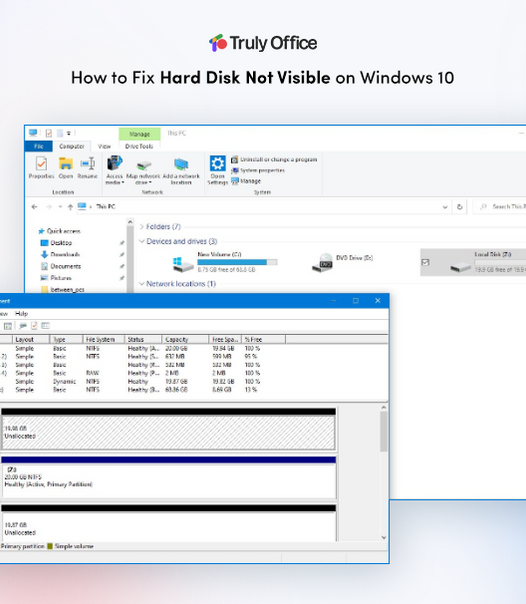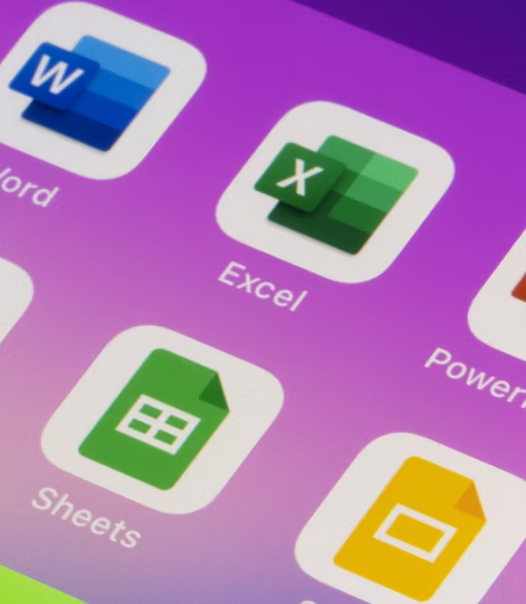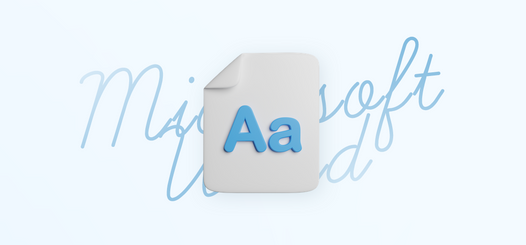Errors can be frustrating, especially when interrupting important processes like installing Windows 10 or 11 operating system updates.
One such error is "0x80242016 – Failed to Install." System errors and failures are a common occurrence, and they can happen due to various reasons. While some errors might be easy to fix, others require more technical knowledge and expertise.
This article will guide you through the causes of this error and provide solutions to fix it, ensuring that your Windows system remains up-to-date and error-free.
What Is Error Code 0x80242016 in Windows?
Before delving into the solutions, let's understand Windows error code 0x80242016. This error typically occurs during the Windows update process, which signifies that the update failed to install. You may receive an error message indicating "0x80242016 – Failed to Install" on your screen.
If you encounter the error message "WU_E_UH_POSTREBOOTUNEXPECTEDSTATE" when updating Windows and the error code is "0x80242016," it means that the state of your update after the post-reboot operation is not what was expected. This error may cause you to miss important updates, such as bug fixes and new features, exposing your system to potential security threats.
Resolving the error and successfully installing fresh Windows updates is crucial to avoid these issues.
What Causes 0x80242016 – Failed to Install?
Several factors can lead to the "0x80242016 – Failed to Install" error on Windows. Understanding these causes can help you identify the most appropriate solution.
- Incorrect Registry values - The Windows Registry database stores information about your computer's configuration. Corrupted registry values can cause issues with installing updates.
- Corrupted system files - Damaged or missing files in your computer's operating system can cause issues with Windows updates. System file corruption may occur due to malware, hardware failures, or software conflicts.
- Incompatible hardware - Your computer's hardware may be incompatible with the update you're attempting to install. This typically happens if your hardware is outdated or does not meet the system requirements for the update.
- Connected to a proxy - Using a proxy server to connect to the Internet may interfere with updating your device. Proxies can block connections to the Windows Update servers, leading to the "0x80242016 – Failed to Install" error.
- Third-party antivirus: Third-party antivirus software can interfere with the installation of updates. Sometimes, these applications flag Windows updates as malicious and prevent them from being installed.
- Temporary files: Windows creates temporary files during updates to facilitate the update process. These files may become corrupted and cause issues with the completion of your update.
While these are only some of the most common causes of the "0x80242016 – Failed to Install" error, other underlying reasons may require further investigation. We recommend following the solutions outlined below to resolve this error and successfully install updates on your Windows system.
How to Fix Error "0x80242016 – Failed to Install"
If you encounter the 0x80242016 error, don't worry; you can try several potential fixes to resolve this issue. From checking your internet connection and restarting your device to running Windows Update troubleshooter, exploring these troubleshooting steps can help you find a solution.
Remember, it's always good to create a backup of your system before attempting any fixes to avoid losing important data.
1. Install the Update in Clean Boot Mode
One effective method is to perform the update in Clean Boot Mode. In this mode, your computer starts with a minimal set of drivers and startup programs, reducing the chances of interference from third-party software.
- To access the System Configuration window, press Windows + R and enter "msconfig" in the dialog box.
- Head to the "Services" tab and check the box for "Hide all Microsoft services." This ensures that only third-party services are shown in the list.
-
Click "Disable all" after hiding system services to turn off third-party services.

- Apply the changes and restart your computer. Only official Microsoft services will run after you initiate a clean boot, and the system will be clean.
- Check if you can update Windows.
If the update is successful, you can start enabling services and applications in System Configuration one by one until the error occurs again. This will help you identify the specific service or application causing the issue.
2. Run the Windows Update Troubleshooter
Windows has a built-in troubleshooter that can help you fix common update problems. If you're still seeing the "0x80242016" error, you can next try running the Windows Update troubleshooter. This tool can help you resolve issues related to installing updates.
- To open the search bar on your taskbar, click on the magnifying glass icon in your taskbar or use the Windows + S keyboard shortcut. Type "Control Panel" in the search box and click on it in the results to launch the application.
- Enter the "troubleshoot" keyword in the search field to find the necessary information. Then, navigate to the search results and click the "Troubleshooting" or "Troubleshoot settings" header.
-
To access all available troubleshooters, click the "View all" link in the left-side pane, or "Other troubleshooters" in Windows 11. This action will redirect you to a new page displaying every troubleshooter.

-
Scroll down until you find the "Windows Update troubleshooter" and give it a single click. Then, patiently wait for the troubleshooter to launch in a separate window.

- Click "Next" to begin troubleshooting Windows Update issues. The troubleshooter will diagnose and attempt to fix any problems found, with a full report available at the end.
It's important to note that the troubleshooter may not fix every issue, but it can provide useful information on what might be causing the issue.
3. Start the Windows Update Service
Services are background programs that run on an operating system, performing ongoing tasks essential to system functionality. They operate independently of user interaction and include processes like antivirus scans, event logging, and Windows updates. If you encounter the "0x80242016" error, it may be due to the Windows Update service being disabled on your computer.
You can manually check and enable it if necessary:
- Launch the Run applet again by pressing Windows + R on your keyboard. Then type "services.msc" and press Enter to open the console.
-
Find the "Windows Update" service, right-click it, and select "Properties".

- Set its startup type to "Automatic."
-
Click on "Start," then click the "Apply" button, and finally click on "OK" to close the window. By doing so, you've successfully enabled the Windows Update service.

- Restart your computer and check if you can install updates successfully.
After restarting your device, attempt to reinstall the updates to verify if the error persists.
4. Run the System File Checker (SFC Scan)
The System File Checker tool can scan and repair corrupted system files. It's a default Windows utility that can help you fix many system issues. Here's how to run it:
- Open the search bar on your taskbar and type "command prompt." Right-click on the Command Prompt application and select "Run as administrator."
- If prompted, click "Yes" to allow the program to make changes. You may need to enter your administrator password.
-
Type "sfc /scannow" (without quotes) and press Enter in the command prompt. The scan may take some time, but it will automatically replace any corrupted system files with a cached copy stored in your computer's memory.

- Once the scan is completed, restart your computer and try installing updates again.
Wait for the process to complete, and then check if you can run the update without experiencing the "0x80242016" error.
5. Run the DISM Command
DISM (Deployment Image Service and Management Tool) can also repair Windows images.
- Open the Command Prompt as an administrator following the steps from the previous solution.
-
Type "DISM /Online /Cleanup-Image /RestoreHealth" (without quotes) and press Enter in the command prompt.

- Wait for the process to finish, and then restart your computer.
The DISM scan will repair corrupted system files and improve your chances of successfully installing updates. See if the issue persists after running this command.
6. Reset Windows Update Components
If none of the above solutions work, you may need to reset your Windows Update components. This process involves stopping the Windows Update service and then deleting temporary files associated with updates. Once complete, you can restart the Windows Update service and try installing updates.
- Open the Command Prompt as an administrator.
- First, you must turn off the Windows Update services that may be running on your device. To accomplish this, execute the following commands one by one:
- net stop wuauserv
- net stop cryptSvc
- net stop bits
- net stop msiserver
- Next, you'll rename two system folders. This process creates a backup in case something goes wrong during the new folder generation:
- ren C:\Windows\SoftwareDistribution SoftwareDistribution.old
- ren C:\Windows\System32\catroot2 catroot2.old
- The final step is to restart all the services that were turned off earlier. You can do this from the Command Prompt by executing the following commands:
- net start wuauserv
- net start cryptSvc
- net start bits
- net start msiserver
Once you finish these steps, you can close the Command Prompt interface and attempt to update Windows. You may need to restart your computer for the changes to take effect. After you're done, check if you can update Windows without encountering the error.
7. Turn Off Your Antivirus App
If you're using a third-party antivirus application, it may be causing conflicts with the Windows Update process. You may need to turn off your antivirus app and try installing updates again temporarily. If the update is successful, you can re-enable your antivirus app afterward.
The process to turn off your antivirus app may vary depending on the specific program you're using, but most can temporarily turn off protection. Consult your antivirus app's documentation or website for instructions on this.
Make sure to enable your antivirus app after attempting to install updates. Antivirus software is important for keeping your computer safe, so it must always be enabled.
8. Disable Your Proxy Connection
For users connected to the Internet through a proxy server, this may be causing issues with Windows Update. You can disable your proxy connection temporarily and try installing updates again.
- Click on the magnifying glass icon in your taskbar or press the Windows + S keyboard shortcut to bring up the search tool. Type "Internet Options" and select the first search result that emerges.
-
Within the pop-up window, navigate to the "Connections" tab and click "LAN Settings."

-
Upon reaching the Local Area Network (LAN) Settings window, ensure the "Use a proxy server for your LAN" option is not activated. If, by any chance, this option is enabled, click on it once to disable it.

- Commit to your changes by clicking "OK."
After disabling this feature within Windows, monitoring the recurrence of the "0x80242016" error is recommended.
9. Download and Install Windows Updates Manually
If all else fails, you can attempt to download and install updates manually. To do this, you must visit the Microsoft Update Catalog website and download the necessary updates. After downloading them, double-click on each update file to install them.
You can use the built-in search tool to find the latest compatible updates for your system. Make sure to download and install all critical security updates to keep your computer protected.
Conclusion
Dealing with the "0x80242016 – Failed to Install" error on Windows can be frustrating, but with the right solutions, you can resolve it and keep your operating system up to date. Following the methods outlined in this article, you should be able to troubleshoot and fix the issue effectively.
We hope this guide has provided you with the tools to resolve this error and restore your system to its optimal performance. Keep in mind that keeping your computer up to date is essential for its security and functionality, so it's essential to promptly address any issues with the Windows Update process.
We wish you luck in successfully resolving this error and enjoying a fully updated and functional computer! Happy computing!
Supercharge Your Productivity With Truly Office
Discover a new way to enhance your productivity with Truly Office - the ultimate alternative to Microsoft Office. Unlock a world of possibilities by exploring our website and discovering the power of Truly Office. Don't miss out on valuable writing tips, troubleshooting advice, and informative articles. Take your writing skills to the next level!
Ready to revolutionize your office suite? Dive deeper into our comprehensive suite of tools designed to make your work life easier. Join the growing community of satisfied users who have already made the switch to Truly Office.
Don't settle for the status quo. Remember, success starts with the right tools. Visit Truly Office now and experience a whole new level of productivity.





